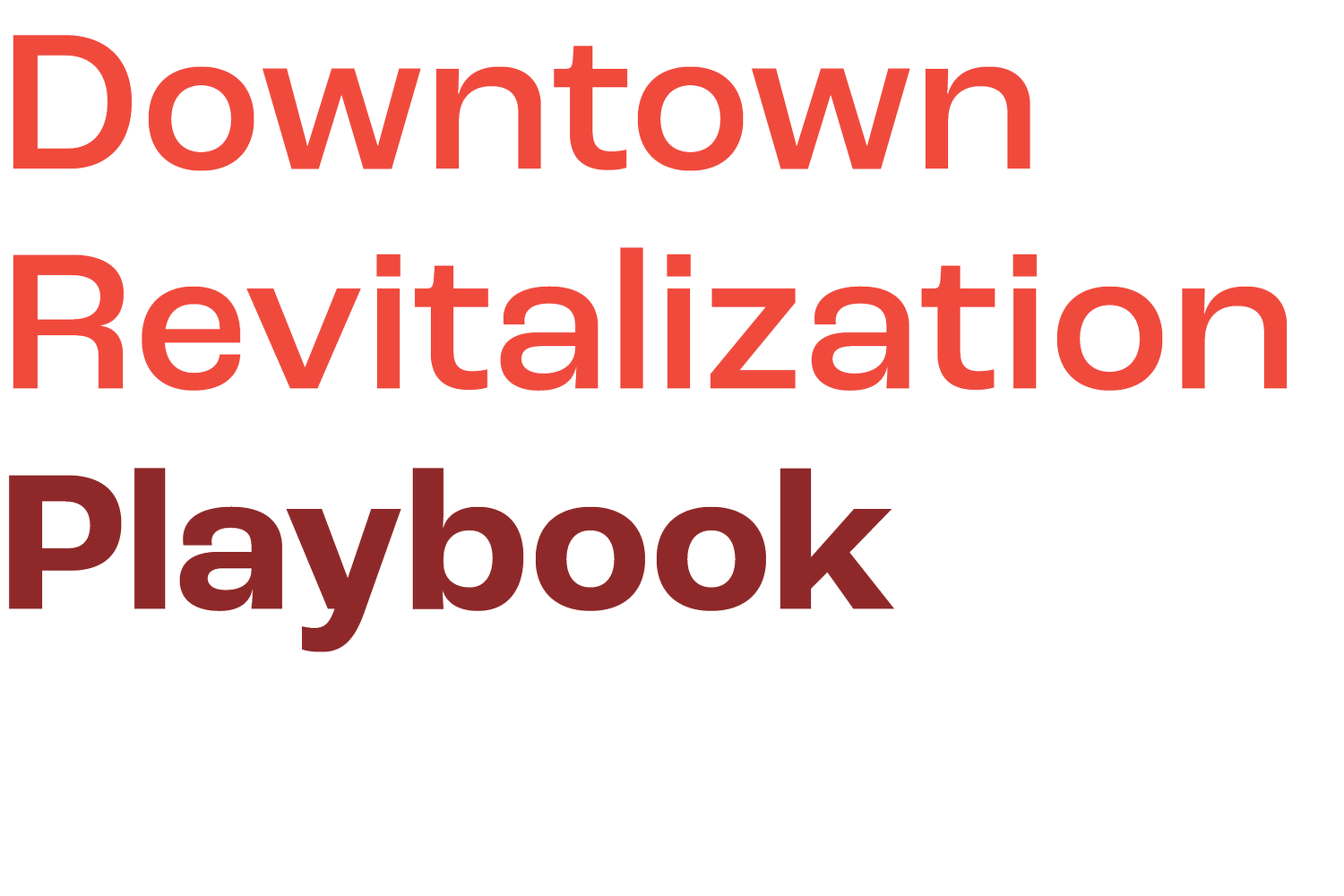
Lessons from Appalachia on investing in rural downtowns
You want to support downtown redevelopment but aren’t sure where to start.
This playbook is for you.
This Playbook helps various stakeholders speak the same language of investment, identify key factors that enable investments to be successful, and provides examples of real investments that are leading to downtown revitalization in Central Appalachia.
The material on this site is grouped by audience – Funders & Investors and Practitioners – to help you easily access the most relevant information. We also encourage everyone to dig into the Additional Information tab to learn more.
Why downtown?
There has never been a better time for Appalachia and other rural places to invest in downtown revitalization.
Since the coronavirus pandemic began in 2020, how we organize as communities across the country has forever changed. In 2020, fewer people were moving closer towards city centers, and the widespread use of digital technology made it easier for Americans living in rural areas to work from home. “When everyone shut down and started working online, people started moving home” said City of Hazard (KY) Downtown Coordinator Bailey Richards. “We have had a huge influx of 25 to 35-year-old young professionals moving back, and lots of them have opened businesses. COVID has been this weird blessing in disguise for us.” There’s an uptick in companies moving to walkable downtown areas and Americans are starting to support local businesses now more than ever.
“Revitalizing downtowns will make them more attractive places for remote workers to live and companies to relocate. Investing in downtown redevelopment creates jobs, increases property value, and encourages tourism.”
Why now?
Like many rural regions, Appalachia is rich in history, abundant natural beauty, and hard-working, good-hearted people — which co-exist alongside enduring poverty and unemployment, polluted abandoned mine lands, chronic poor health, and widespread opioid abuse.
Appalachia is historically under-resourced and underinvested. A 2017 report showed granting foundations spent only $43.00 per person in Appalachia versus the national average of $451.00. This means the average resident in these rural regions had access to less than 10% of the charitable giving funds available to most Americans; yet, the need for investment and charitable giving across rural America is greater now than ever due to higher rates of poverty and unemployment, struggles with educational achievement, and poor health outcomes. (National Committee of Responsive Philanthropy, 2017)
Communities
Lead
Flexibility
Care for
Rural Assets
Better
Together
Skin in
the Game
Investing for
the Long Haul
Building Community Wealth
What Principles Guide This Work?
This playbook is built on 7 underlying principles that can help rural communities build thriving downtowns.
Meet the Players
As with any playbook, there are different players occupying various positions needed in order to win. Across all the featured case studies, you will see five key functions and roles identified. One role may be filled by many people, or one person may fill several roles, especially in small towns. Once these five functions are filled by passionate individuals with a shared vision, a synergy occurs that propels the project forward. The group organizes, recruits others to the team, and becomes ready for investment.









